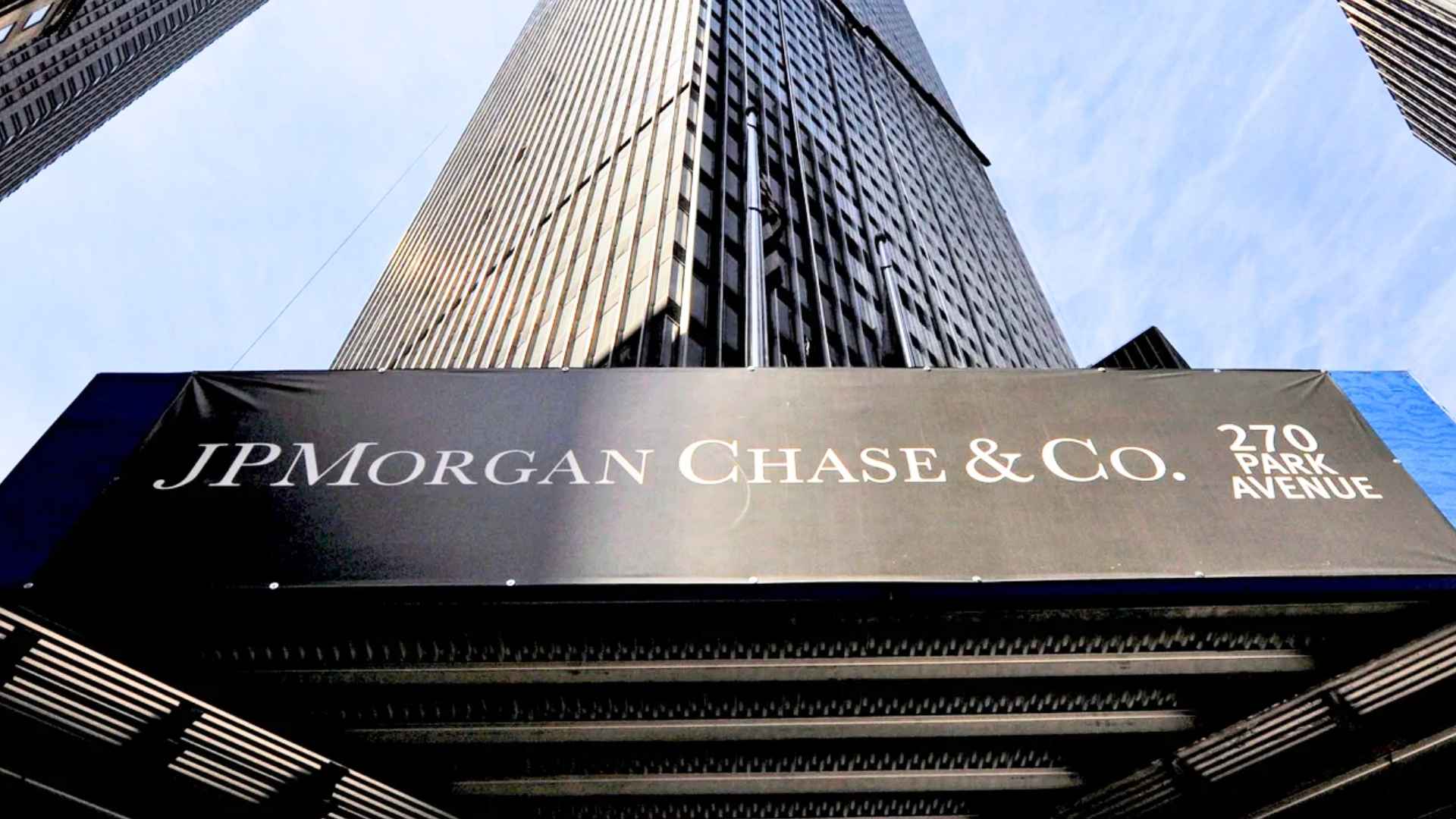Millions of Americans who rely on popular payment apps may soon feel the pinch as JPMorgan Chase starts charging fintechs for banking‑data access.
JPMorgan Chase, the nation’s largest bank, is ending years of free access that allowed companies like PayPal, Venmo, and Coinbase to retrieve checking‑account information for peer‑to‑peer transfers and budgeting tools. Bloomberg reports the bank will now bill “hundreds of millions of dollars,” saying the money is needed to maintain tighter security around customers’ sensitive records.
How the new JPMorgan data fees could reshape fintech business models
For starters, higher data costs force fintech players to revisit spreadsheets: Will they swallow the expense or pass it on? JPMorgan argues the fee covers a fortified portal designed to curb fraud and privacy breaches. Fintech executives, however, warn that slimmer margins could slow innovation and push smaller startups to exit the field. Below is a snapshot of who pays and who feels it first:
| Stakeholder | Current arrangement | New reality under data‑access fees |
|---|---|---|
| Major fintechs (PayPal, Venmo) | Free real‑time customer data | Large annual payments to JPMorgan |
| Smaller startups | Low or no cost via aggregators | Potentially prohibitive charges |
| Consumers | No direct fee for app use | Possible service fees or feature limits |
| JPMorgan Chase | Portal costs absorbed internally | Recovers “hundreds of millions” in fees |
Expect rivals such as Bank of America to watch closely; copycat policies could emerge.
Why everyday users may notice changes in their favorite payment apps
Still wondering how this hits you? If Venmo must budget for new bills, it might introduce tiered pricing, lower transaction caps, or more in‑app ads. Enhanced encryption and credential checks could also lengthen login times—good for safety, but less convenient when you’re splitting pizza. A quick checklist for consumers:
- Monitor app updates that mention “data‑sharing changes.”
- Compare fees before sending large transfers.
- Keep an eye on privacy dashboards; any new permissions deserve a second look.
Consequently, tech chiefs are brainstorming cost‑control moves: negotiating volume discounts with JPMorgan, caching data more efficiently, or partnering with smaller regional banks that still offer free connections. However, cutting corners on security is off the table; JPMorgan’s fortified gate is now the standard others will benchmark.
What’s next? Industry lobbyists could push regulators to clarify fair‑access rules, balancing consumer protection with competition. Meanwhile, users can brace for tweaks but also benefit from the promised security uplift.

